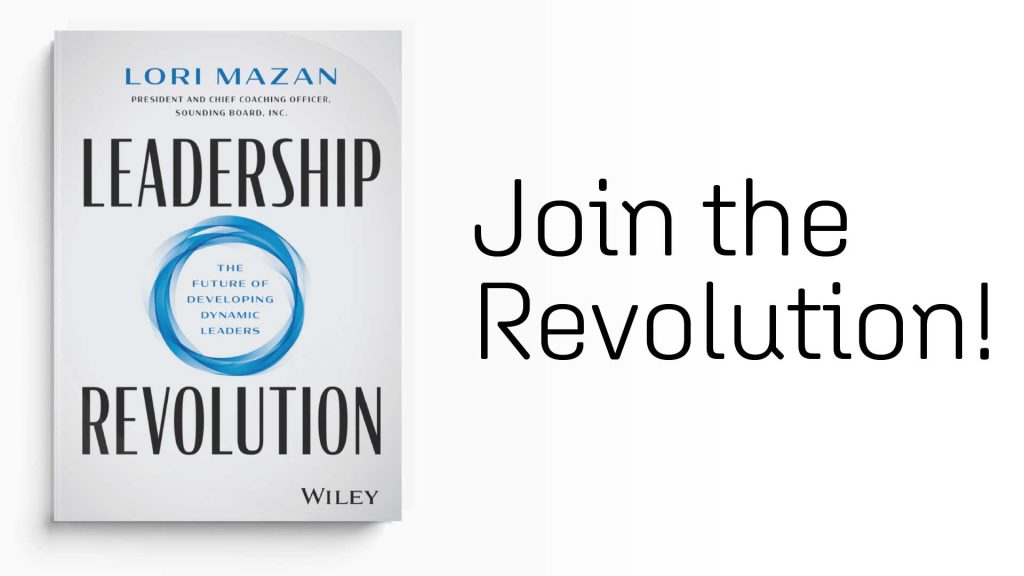The workplace is constantly changing. The rise of remote work, the need for increasingly versatile employees with diverse skill sets, and the critical need for soft skills, are just a few of the trends spurring rapid transformation in many organizations. While COVID-19 continues to accelerate some of these inevitable changes, companies need highly capable employees now more than ever. Hiring employees with strong skill sets can strengthen an organization in many ways. But how can companies attract, engage, and retain these valuable high performers?
Leadership development is one of the best long – and short – term strategies for talent recruiting and retention. Companies can use leadership development initiatives to attract, engage, and equip employees with the critical skills they need to excel. This type of development will simultaneously promote greater satisfaction on the job and create better outcomes for the company’s bottom line when it comes to performance.
Why Invest in Leadership Development?
If those aren’t good enough reasons to invest in leadership development, consider that this type of learning is about more than just strengthening skills. The most impactful leadership development programs embrace a holistic approach personalized to the individual. The most effective and lasting behavioral changes often follow a focus that extends beyond just improving hard skills and instead rounds out learning to include a leader’s skill development, performance improvement, mental and emotional development, and even moral development.
Prioritizing this more holistic leadership development strategy encourages leaders to become lifelong learners, rather than just honing in on one particular strength or weakness. Lifelong learning promotes continuous organizational growth and helps to build and sustain an optimal company culture where leaders feel empowered to prioritize learning despite busy schedules.
Better Leaders Create Stellar Workplace Cultures
To truly have an impact, leadership development needs to exist beyond the traditional classroom. While learning in classrooms – both in person and online – is important, building a culture that emphasizes learning through transparency and the permission to fail safely is a critical element in effective and sustainable development. Encouraging lifelong learning must pervade the organization from top to bottom to ensure that employees understand that it’s safe to experiment, try, and learn.
Further, it pays to build a lifelong learning culture. A 2020 LinkedIn survey stated that employee development opportunities are the second most important factor in workplace happiness. Ultimately, development opportunities help keep workers engaged, and organizations with high engagement report 22% higher productivity, as well as an improvement in the quality of work and employees’ health.
Further, encouraging these attitudes fosters growth across the organization. When employees are engaged and productive, they are more willing to take risks, collaborate, and innovate. They are also more likely to feel at ease, and enjoy greater confidence in a culture that encourages growth and forgives honest mistakes.
How Organizations Can Emphasize Lifelong Learning?
A learning-first culture is actually a necessity in a quickly-evolving world, especially if organizations want to retain the most engaged employees and drive improved business metrics such as higher profitability. Here are some key steps that organizations can take to integrate lifelong learning into their culture:
Choose leaders who will set the example: This is fundamental to build a supportive learning culture. Further, leaders should not just focus on their own learning. Rather, they should encourage learning in others by setting an example and sharing their stories — their successes and those times of experimentation and failure. This will help create a culture that doesn’t just accept but will actively embed learning at its core, and makes it clear that employees are safe and even expected to grow in their roles.
Leverage leadership coaching: Leadership coaching helps employees to develop their strengths, identify blindspots, set goals for improvement, and measure their progress using current business challenges as food for growth. Leadership coaching isn’t just for the C-suite either. Employees throughout the organization can leverage their skills to become better leaders within projects and collaborations at all levels.
Expand available leadership development options: One size does not fit all. There is increasing divergence not only in what skills are necessary for different leaders, but what capabilities these leaders are interested in developing. Leadership development should be a mutually beneficial process. Further, organizations should continuously expand and curate available options, and seek out leaders’ feedback on what kind of speakers or events would be impactful and engaging for them. Creating multiple ways to enable development – whether through online courses, continuing education opportunities, or one-to-one leadership coaching – is key to fostering an organization full of lifelong learners.
Conclusion
The impact of leadership development speaks for itself via improved employee engagement, lower turnover, streamlined collaboration, and increased efficiency. This impact becomes increasingly important as the workplace evolves amid increasing disruption. Creating growth opportunities throughout an organization rather than reserving development for senior leaders, leveraging one to one leadership coaching, and expanding learning opportunities based on employee interests and company objectives builds a strong foundation for lifelong learning.











